UST (Ultra Short Throw) projectors have become very popular in the past few years but they aren’t particularly new technology. UST projectors have existed for home use since 2014 and for professional and educational use even longer. But as interest in larger screens at home has grown and more manufacturers have entered the market, UST projectors are becoming a popular alternative to large screen flat panel TVs and traditional home theater projectors.
The main difference between a UST projector and a traditional projector is the throw distance or throw ratio. This measurement defines how far from the wall or screen the projection unit has to be placed in order to produce a suitably large image. A traditional “long throw” or “standard throw” projector may need to be placed ten feet or more from the wall to create a 100-inch image. This means it either needs to be placed on a coffee table in the middle of the room (where it can get jostled), on a shelf toward the back of the room, or mounted on a ceiling. And since projectors need power and video sources connected, you’ll need to run one or more cables to the projector, which can get messy.

An Ultra Short Throw UST projector requires very little distance from the wall or screen to create a large projected image. Many UST projectors can produce a 100-inch diagonal 16:9 image placed just a few inches away from the screen. Some UST projectors, like the Epson LS800 can even create a 150-inch image from as close as 12 inches from the wall. This means the projector can be placed on a stand or shelf at the front of the room, which is typically where your other devices like a Blu-ray Player, streaming box, A/V receiver or cable box would be located.

By placing the projector at the front of the room, you won’t have to worry about complicated wiring or installation. You also won’t have to worry about blocking the screen or getting blinded by the projector lamp when nature calls or you need to get up to make more popcorn during that “Lord of the Rings” marathon.
What About those Lasers?
Although a UST projector can be powered by a traditional halogen or incandescent lamp, or by LED lights, most of the UST projectors on the market today use a laser-based light source. Because of this and because the whole projection system is a fairly self-contained standalone unit, UST projection systems are also sometimes referred to as “Laser TVs.” Like a TV (and unlike most traditional front projectors), a UST projector typically offers streaming apps, as well as a powered speaker system built-in. Some even come bundled with a screen so no additional purchase is required.
As for the lasers, UST projectors either use a single blue laser combined with a yellow phosphor to create a white light source, or three separate lasers: one for each primary color. Lasers are generally superior to traditional lamps as they are brighter, can produce richer colors and last much longer than a standard projection bulb. While a projector bulb may need to be replaced after a few years (2,500-5,000 hours of use), laser lighting units in today’s UST projectors are expected to last 20,000 hours or more. That’s approximately 10 years of average household TV viewing.
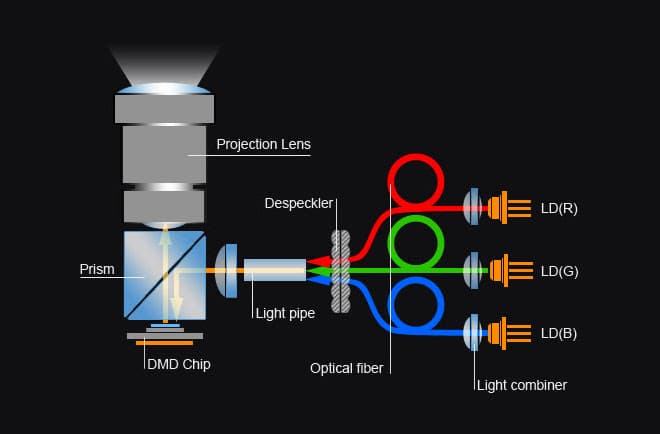
These lasers are channeled through an optical assembly, comprised of parts such as lenses, prisms and mirrors to light up one or more imaging panels and project a large full color image on the screen or wall. The actual imaging panels inside a UST projector may be DLP (Digital Light Processing), LCD (Liquid Crystal Diode) or some form of LCoS (Liquid Crystal on Silicon). In addition to the optical assembly, a UST projector uses advanced video processing to prevent geometric distortion or skewing of the image on screen.
Millions and millions of tiny pixels
Most UST projectors on the market today offer 4K UHD resolution – 3840 x 2160 pixels (that’s over eight million pixels) – as well as some form of HDR (High Dynamic Range) support. This assures that they can take advantage of the highest quality streaming sources as well as 4K physical media (Ultra HD Blu-ray Disc). HDR 10 and HLG Gamma high dynamic range formats are most common. Higher end projectors may support HDR 10+ or Dolby Vision HDR.
What About The Sound?
For traditional projectors, sound is about the last thing considered in the design. With a projector that may be mounted behind you or on the ceiling, it doesn’t make much sense to include high quality speakers as the sound location wouldn’t match the picture. But with a UST projector, since the projection unit is right near the screen, and directly in front of the viewer, the projector itself can provide the sound as well as the picture. And, because UST projectors have decent-sized cabinets, some UST projectors actually have pretty good sound systems built in. This also reduces system complexity and cost.

Several projector makers are teaming up with high-end audio brands in order to tweak the performance of the sound. Epson teamed up with Yamaha for their LS800 UST projector. The Formovie Theater UST projector has a built-in sound bar designed by British audio legend Bowers and Wilkins. The Formovie projector won the 2022 Laser TV Showdown for best picture in the Triple Laser category. It also delivered the best sound quality among all 14 projectors tested. You can find out more about the Formovie Theater UST projector on ProjectorScreen.com.
Do I Need a Screen?
While you can actually create an image from a UST projector on a wall, you’ll get much better performance from a dedicated screen. In many cases, UST projectors are installed in living rooms that usually have some sort of ambient lighting. If you project your image on a wall it may look dull or washed out. There are special screens designed for use with UST projectors called “ALR” (Ambient Light Rejecting) screens. As the name implies, these screens cut down on light reflecting off the screen from the sun or room lighting.
ALR screens made for UST projectors also typically have “fractional gain” (gain less than 1.0). This means they absorb some of the projector’s light instead of reflecting all of it or magnifying it. This accentuates black levels and contrast and can prevent any potential hotspots or lighting artifacts. Also the black border around a projection screen helps the image to “pop” and stand out from the wall around it.
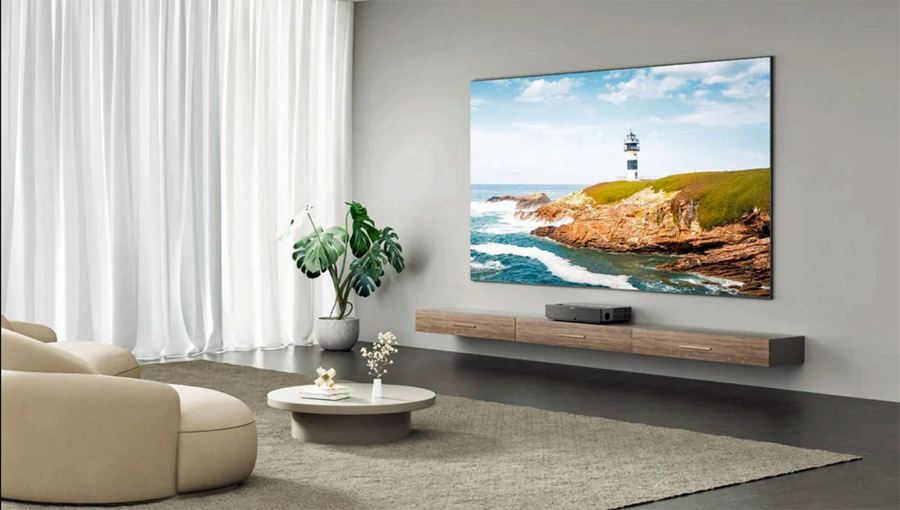
Is a UST Projector the Perfect Large Screen TV?
Lest you think that UST projectors are ideal display devices, you should know that they do involve some trade-offs. You will generally get better image quality (a brighter picture, with deeper blacks and richer more saturated colors) from a large flat panel OLED or QD-OLED TV. But flat panel TVs currently max out at around 100 inches, and the large ones are still very expensive. A UST projector can give you a 120-inch image, or even larger, for a much smaller investment. And this creates a more immersive and cinematic viewing experience.
Traditional front projectors also can provide superior image quality to a UST projector, often at a lower overall cost. But installing a traditional projector can get a bit expensive, unless you are a DIY kind of guy (or gal), and even then it’s a time-consuming venture. While the set-up of a UST projector and screen does require some adjustments, it’s typically less complicated than installing a standard long throw front projector. You do need to be careful around your UST projector once it’s installed and adjusted though: small changes to the projector’s position may cause the image geometry and screen position to be thrown off. At the very least, mark the precise position of the projector’s feet on your shelf or stand and don’t move that stand.
If you’re Jonesing for a really large screen TV but don’t have the budget for a 100-inch flat panel or the patience for setting up a traditional front projector, the latest crop of UST projectors is definitely worth a look.
Related reading:






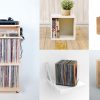




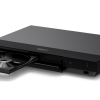
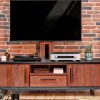



























GS4
October 27, 2022 at 6:41 pm
Can they also be ceiling mounted?
Ian White
October 27, 2022 at 6:50 pm
GS4,
You can but you don’t want to. Setting it up and adjusting the image will be a nightmare.
IW
Chris Boylan
October 28, 2022 at 2:58 am
Hi,
Some UST projectors can be ceiling-mounted if your specific room requires that. But as Ian mentioned, this can make installation a little (OK a LOT) trickier. UST projectors typically don’t have the mechanical lens shift range that you’d find in a good standard throw home theater projector, and this makes precise placement of the UST projector extremely important. Also, if you do mount the projector on a ceiling, you won’t be able to use an ALR screen as the optics just won’t line up. ALR screens are designed to reject light from above and if you flip the screen upside down then you’d have to put your couch on the ceiling, which can be a little inconvenient for some. 🙂
If you’re willing to invest the effort or money in a ceiling mount, then you may be better off with a standard throw or even short throw projector (just not Ultra short throw). If you’re hiring a professional A/V installer to do the installation, I would check with them before you buy anything as they would have the most experience with the various models.